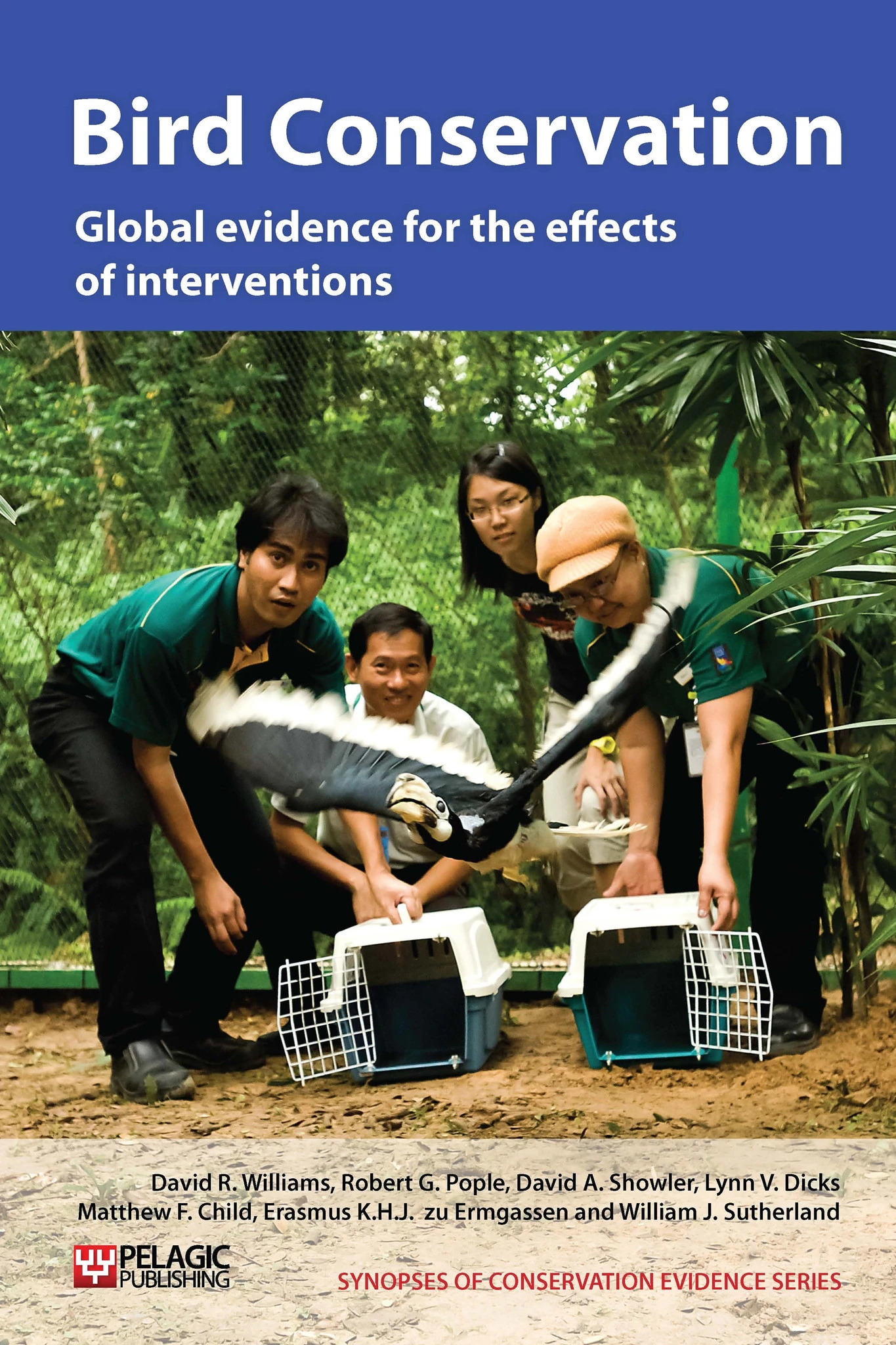Provide supplementary food for owls to increase reproductive success
-
Overall effectiveness category Likely to be beneficial
-
Number of studies: 2
View assessment score
Hide assessment score
How is the evidence assessed?
-
Effectiveness
50% -
Certainty
42% -
Harms
0%
Study locations
Supporting evidence from individual studies
A replicated, controlled trial in western Finland in spring 1986 (Korpimaki 1989) found that ten Tengmalm’s owl Aegolius funereus pairs supplied with supplementary food (50-60 g of dead laboratory mice Mus musculus provided daily) during the pre-laying and laying periods started laying earlier, had larger clutches and had higher hatching success than 15 control (unfed) pairs (fed pairs: clutches started on 24th March, 6.8 eggs/clutch, 98% hatching success; control pairs: clutches started on 30th March, 5.9 eggs/clutch, 82% hatching success). Fed pairs also had more fledglings in successful nesting attempts than controls (5.6 fledglings/successful nesting attempt for nine fed pairs vs. 4.0 fledglings/successful nesting attempt for 15 controls). There were no differences in egg dimensions or the weights of parents and fledglings between fed and control nests. The author notes that the study took place in a peak vole year, when naturally-occurring food was extremely plentiful.
Study and other actions testedA replicated, controlled and paired study at two suburban study sites in Texas, USA, in 1992-5 (Gehlbach & Roberts 1997), found that eastern screech owls Megascops asio (formerly Otus asio) nest in nest boxes provisioned with supplementary food (46% of nests in fed boxes vs. 53% in unfed boxes). First laying dates, clutch sizes and chick survival rates were no different between owls in 13 fed and 16 unfed boxes (fed nest boxes: first eggs laid on 22nd March, 3.0-4.5 eggs/clutch and 77% nestling survival; unfed nest boxes: first eggs laid on 20-22nd March, 3.0-4.5 eggs/clutch and 75% nesting success), but owls in fed boxes had higher fledging success than those in unfed boxes, due to greater hatching success (93% of eggs producing fledglings in 13 fed boxes vs. 74% in 16 unfed boxes). Food provided was either 9 g/day or 26 g/day of dead laboratory mice Mus musculus and began approximately 30 days before first laying date and continued through first laying.
Study and other actions tested
Where has this evidence come from?
List of journals searched by synopsis
All the journals searched for all synopses
This Action forms part of the Action Synopsis:
Bird Conservation
Bird Conservation - Published 2013
Bird Synopsis





)_2023.JPG)














